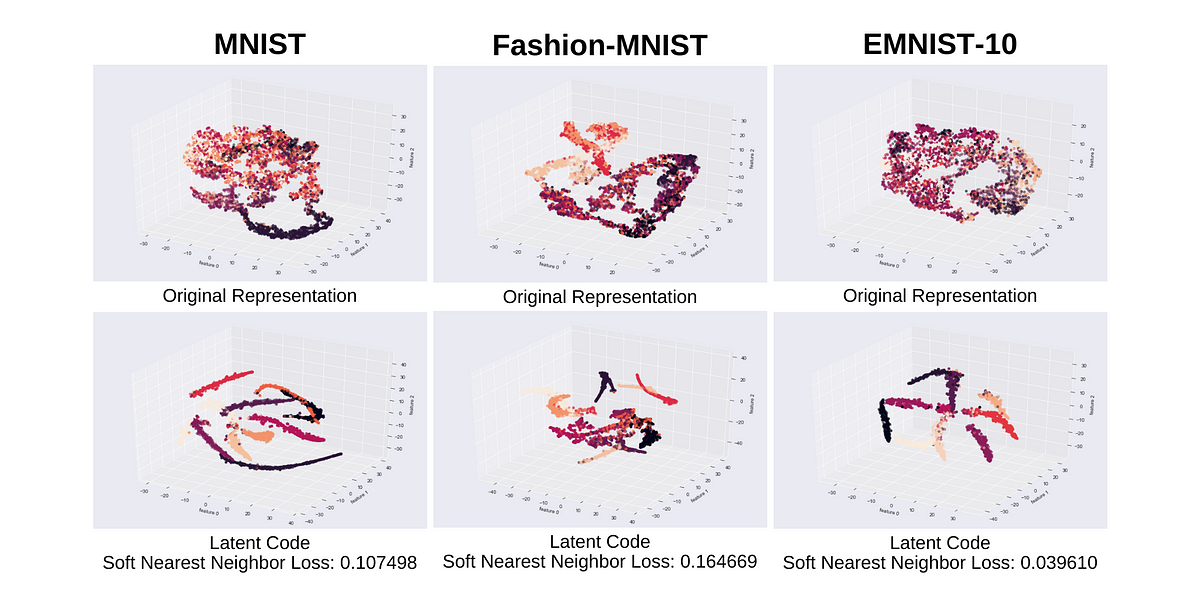“What if my a priori understanding of dog breed group distribution is inaccurate? Is my LDA model doomed?”
My wife asked.
Welcome back to part 2 of the series, where I share my journey of explaining LDA to my wife. In the previous blog post, we discussed how LDA works and how it can be understood as a dog pedigree model.
This time around, let’s dive into the iterative fitting process of LDA!
Part 1 (link):
- How does LDA work?
- How to explain LDA to a non-technical person?
Part 2 (We are here now!):
- How does LDA improve iteratively?
- How does LDA converge?
- Bonus: Get your LDA cheatsheet here!
Part 3:
- When to use LDA & when not to?
- How can we use it in Python?
- What are the alternatives & variants to LDAs (excluding LLMs)?
Let’s get started.
If you have not read part 1 of the series, I strongly encourage you to read it first, as we will build on that understanding.



